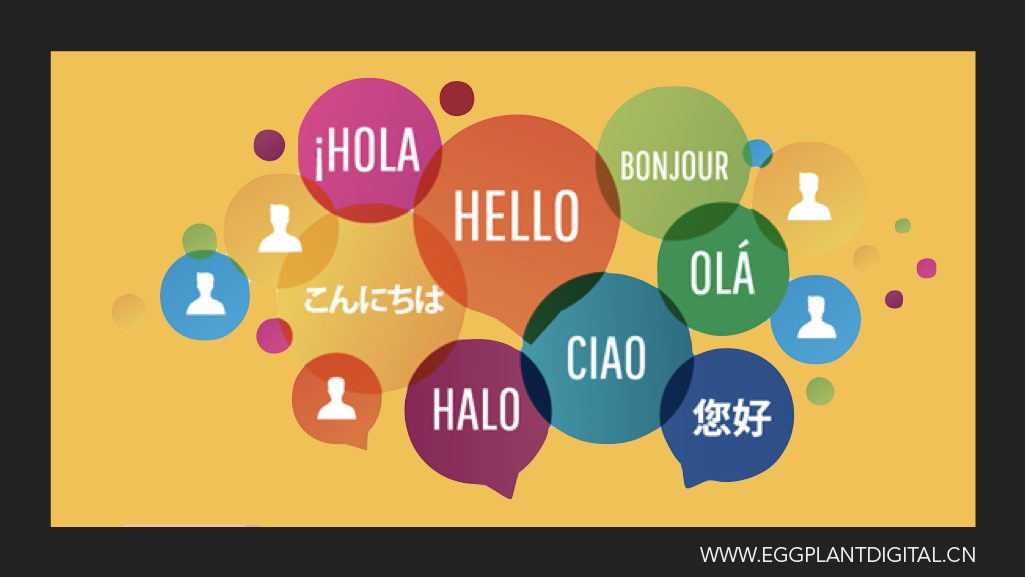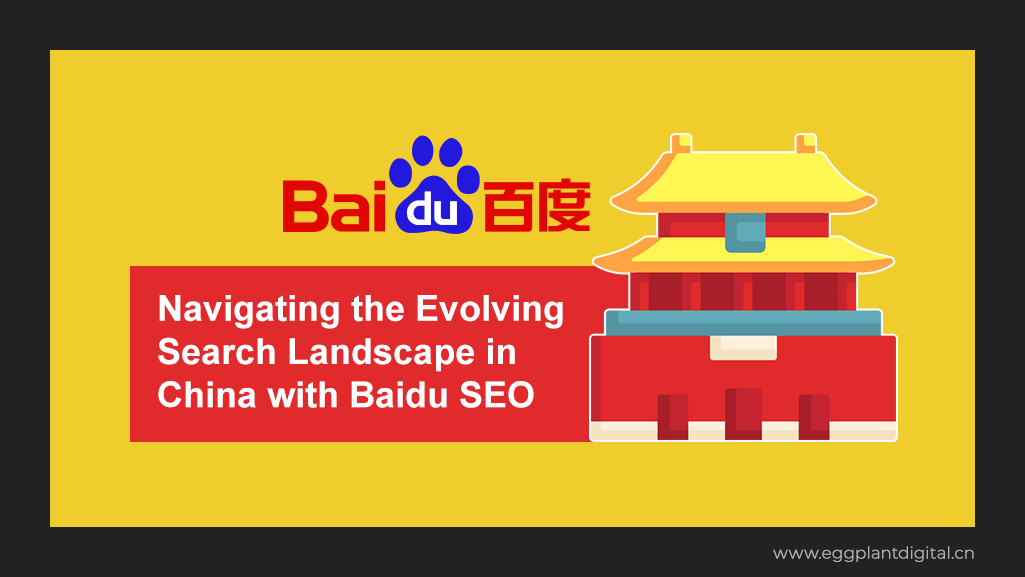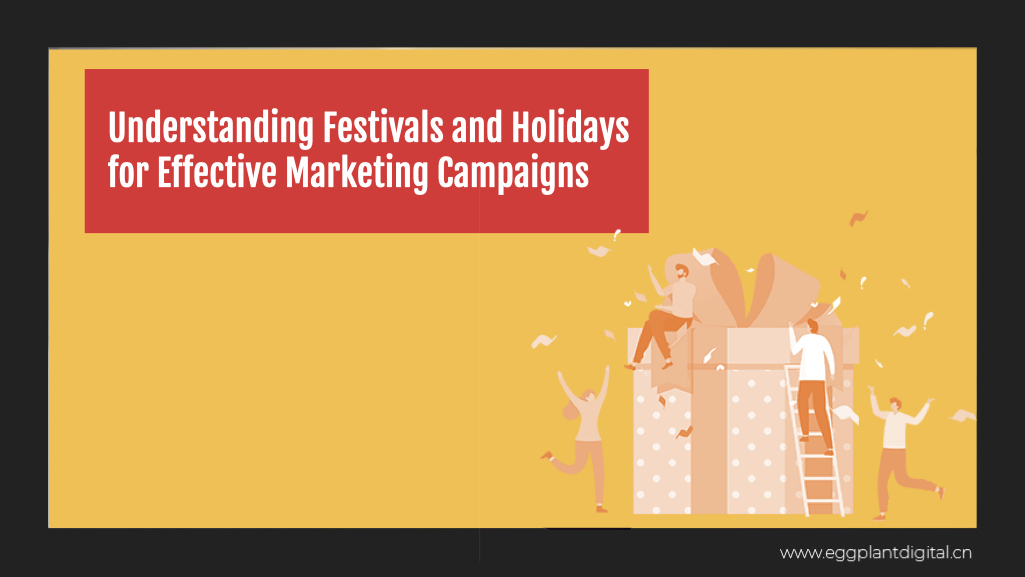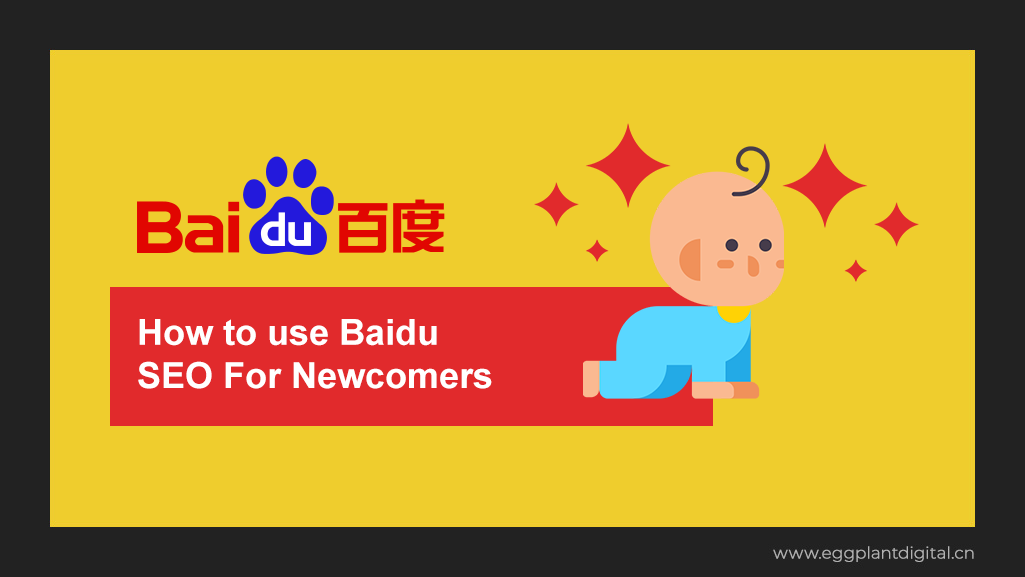If you read the first part of our series, Baidu SEO for newcomers, we explored…
Should I Have A Multi-Language Site?
As a web design agency in Beijing we often are asked about the topic of building a multi-language site for customers. It’s easy to see the benefits of your audience being able to switch languages, but is it always a good idea?
Do You Really Need A Multi-Language Site?
Its easy to assume that because you might have visitors from different countries, that you immediately need to make your website understood in lots of different languages, but this is not always the case.
The important thing is to first really identify your market and then be very specific about who exactly you are targeting. It’s easy to assume that if you are targeting European customers, that you might need to have your website in Spanish, French, German and Italian. To be honest this is more than likely not the case for most companies and their sites at the beginning. Its a better idea to focus on one market and develop your sales funnel, rather than generalising to a wider audience.
Why? Quite often you don’t need a lot of language skill to get though a simple website, especially when you can see the products you are going to buy. Frequently buyers have previously researched their purchase online and are merely going to a site to get a better deal, or because a specific product is currently out of stock or unavailable where they are located.
If your website’s primary language is English, then its useful to remember this -A lot of countries in Europe have such a high standard of English (in Scandinavia, Holland and Germany this is definitely the case) that they are more than capable of dealing with fairly complex descriptions and ideas in English, and so translation in those cases would be a waste of time and money.
The web now has so many online translators (Google Chrome offers to translate pages automatically) that the barriers to understanding foreign language sites are coming down. This will only get easier with time.
Benefits
Research shows that there are, in fact huge benefits to delivering content in your users native language.
On average, users will spend twice as long on a site written in their own language – now thats a huge difference. In addition visitors are four times more likely to purchase from a site they can read in their native tongue.
Would Two Sites Be Beneficial?
Sometimes taking a slightly different approach solves the problem. If you have a site that mirrors in 2 (or more) languages then you are obliged to translate content for absolutely everything into those languages. This means an increased time and financial cost every time you make a small change. Another option would be to have a separate site altogether for your different languages, that way you could be more selective about which content you want to include for different markets.
You then have the option of creating completely separate domain names for your different versions of your site. You can also go down the route of creating subdomains, for example www.spanish.eggplantdigial.cn if we wanted to create a Spanish version. This option would make more sense when thinking about being visible in the search engines as all your content would be stored under one domain name.
Should I Redesign For Different Markets?
Huge question! Sometimes you may want to create to completely different designs for your two languages. You may want to do this for two main reasons-cultural differences may affect your design style + the appearance of different types of script may need some extra design work (e.g. Mandarin or Japanese).
Its more than likely a good idea to discuss your individual case with someone who has multi-language site building experience. If you want to see a Mandarin and English site in action, then checkout the site we built for Morgan cars. If you have questions that need answering, get in touch with us and we’ll happily try to help you make the right decision for your multi-language site.





If you have got visitors who are from different countries, speak different languages then it will help!
It certainly does!